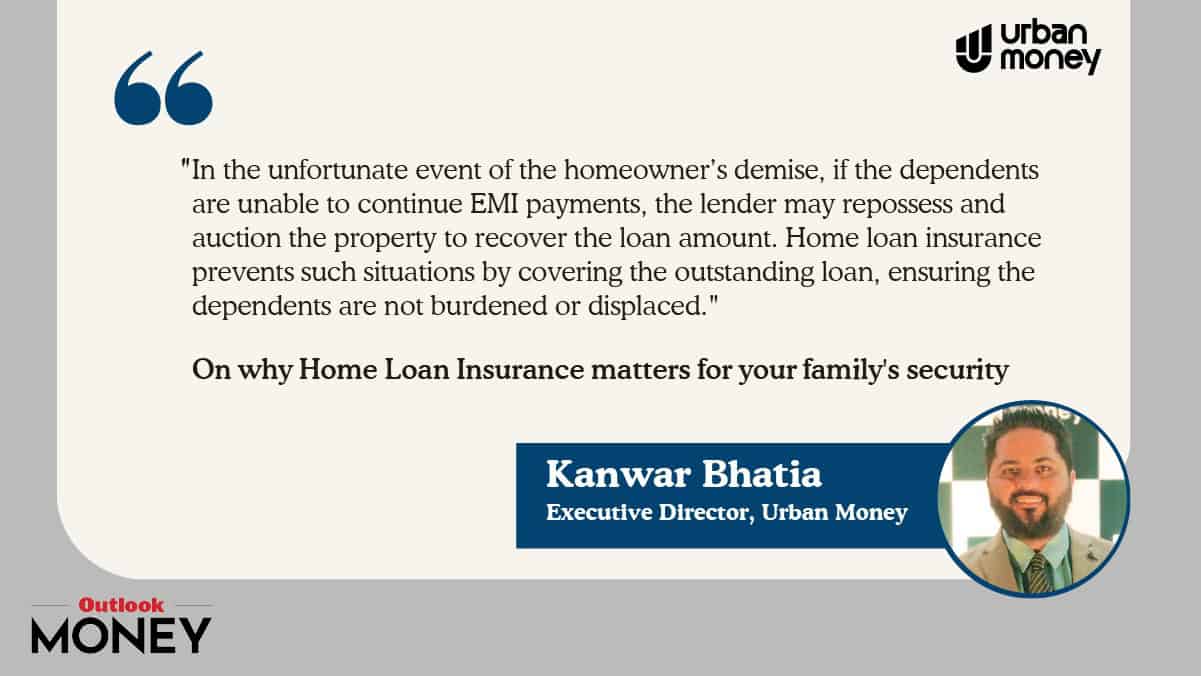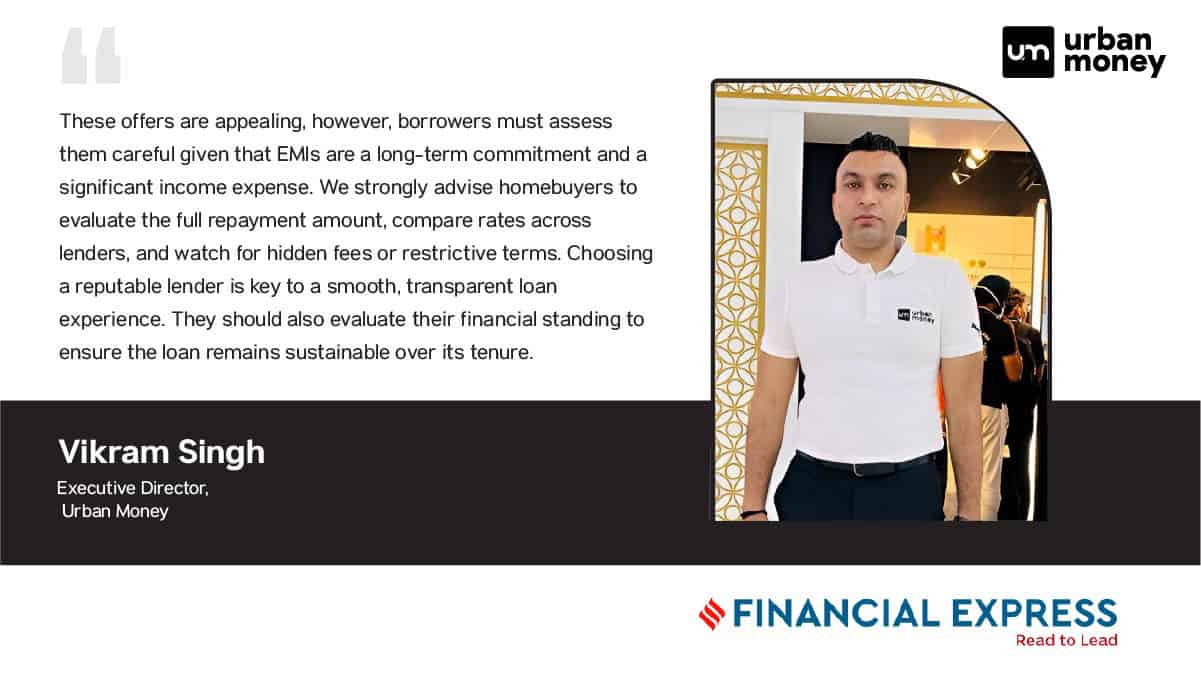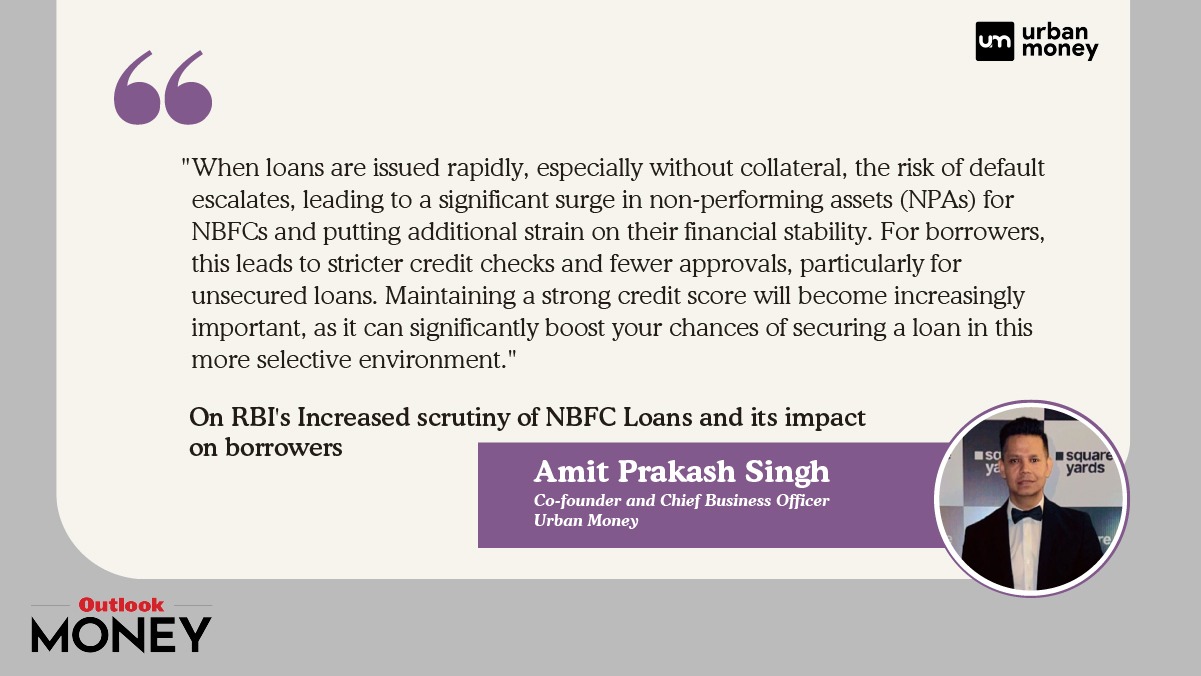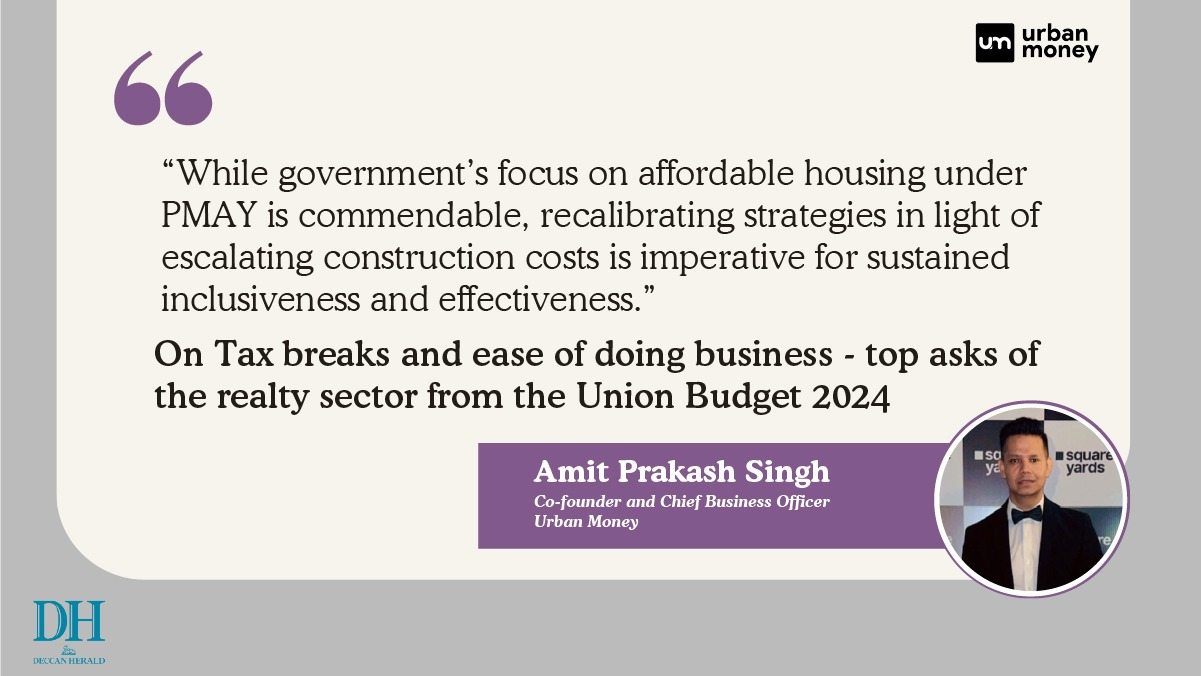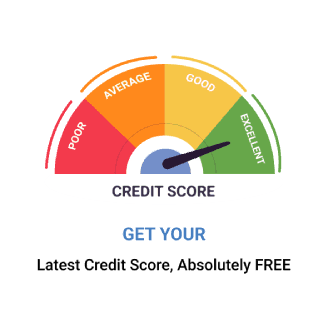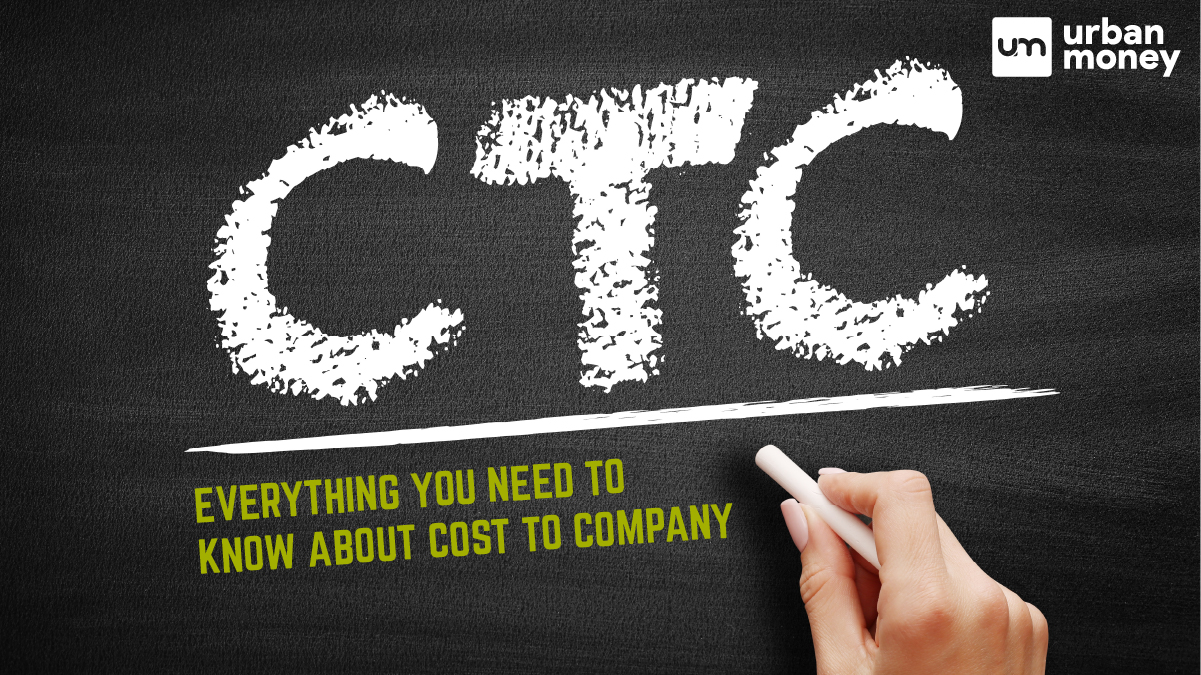Top 10 Best Private Banks in India List 2025
January 09, 2025
Media Coverage | Fixed Or Floating Rate For Your Home Loan: Best Option to Pick From

January 24, 2025
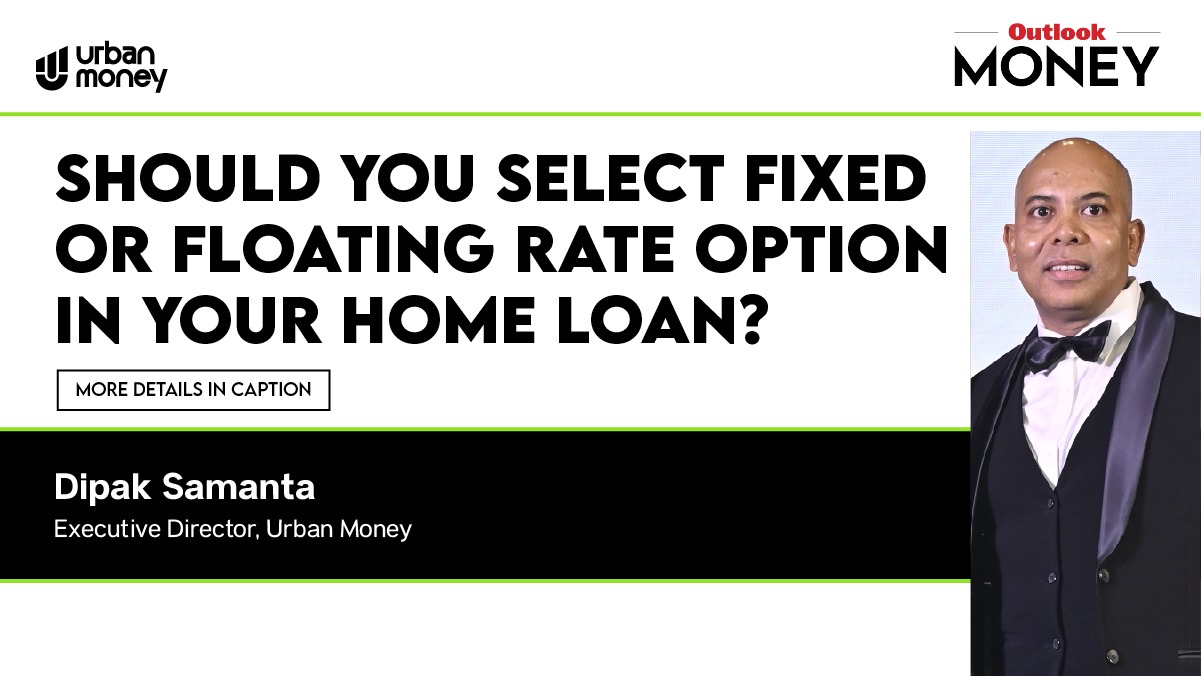

Deciding between a fixed or floating interest rate on a home loan is one of the most crucial choices for borrowers. Each option has advantages and drawbacks, influenced heavily by market conditions and individual financial goals. A fixed-rate loan offers steadiness, locking a consistent EMI regardless of market fluctuations. This feature makes it ideal for risk-averse borrowers. On the other hand, a floating-rate loan provides flexibility, often starting with lower interest rates that can fluctuate over time based on economic trends.
The choice ultimately depends on the current interest rate cycle, the borrower’s repayment capacity, and long-term financial plans. Understanding these differences and their implications can empower borrowers to make informed decisions and ensure their home loans align with their financial goals.
Table of Contents
ToggleFixed-rate home loans offer stability. Your monthly payments remain the same throughout the fixed period. This option is good if you prefer predictable EMIs. However, fixed rates are usually higher than floating rates. They also come with a limited fixed period, often one to five years. After that, the loan converts to a floating rate. If interest rates fall in the future, you will not benefit from the reduction. Moreover, switching from a fixed to a floating rate may involve charges.
Floating rates change based on market conditions. If interest rates fall, your EMIs will reduce. However, they can also increase if rates rise. This option suits borrowers who can handle fluctuations in their monthly payments. Borrowers should know that switching from floating to fixed rates comes with fees.
According to the Reserve Bank of India (RBI), lenders must offer borrowers the choice to switch between fixed and floating rates. This is subject to a fee. Borrowers should check their lender’s policy to understand how often they can switch.
Dipak Samanta, Executive Director of Urban Money, stated, “A home loan borrower should consider switching from a floating to a fixed rate when interest rates are expected to rise significantly or during periods of high market volatility, as this protects against future rate increases.
Conversely, switching from fixed to floating rates makes sense when interest rates are projected to decline, and the borrower wants to take advantage of potentially lower rates or when they have a strong financial position and can absorb some interest rate risk in exchange for possibly lower overall costs”.
Switching from one rate to another involves fees. Lenders charge a conversion fee ranging from 0.25% to 2% of the outstanding loan amount. There may also be processing and documentation fees. It is important to calculate if the savings from switching outweigh the costs. Borrowers should consider their remaining loan tenure and the difference in interest rates.
Fixed rates may be suitable when interest rates are low and you want stability. It is a good option if you are not comfortable with fluctuating EMIs. However, fixed rates can be expensive compared to floating rates. On the other hand, floating rates may be better when interest rates are expected to fall. Borrowers nearing the end of their loan tenure may benefit more from floating rates. Switching costs may not be worth it for shorter tenures.








© 2025 www.urbanmoney.com. All rights reserved.

Need Loan Assistance?

Thank you for showing your interest. Our agent will get in touch with you soon.







